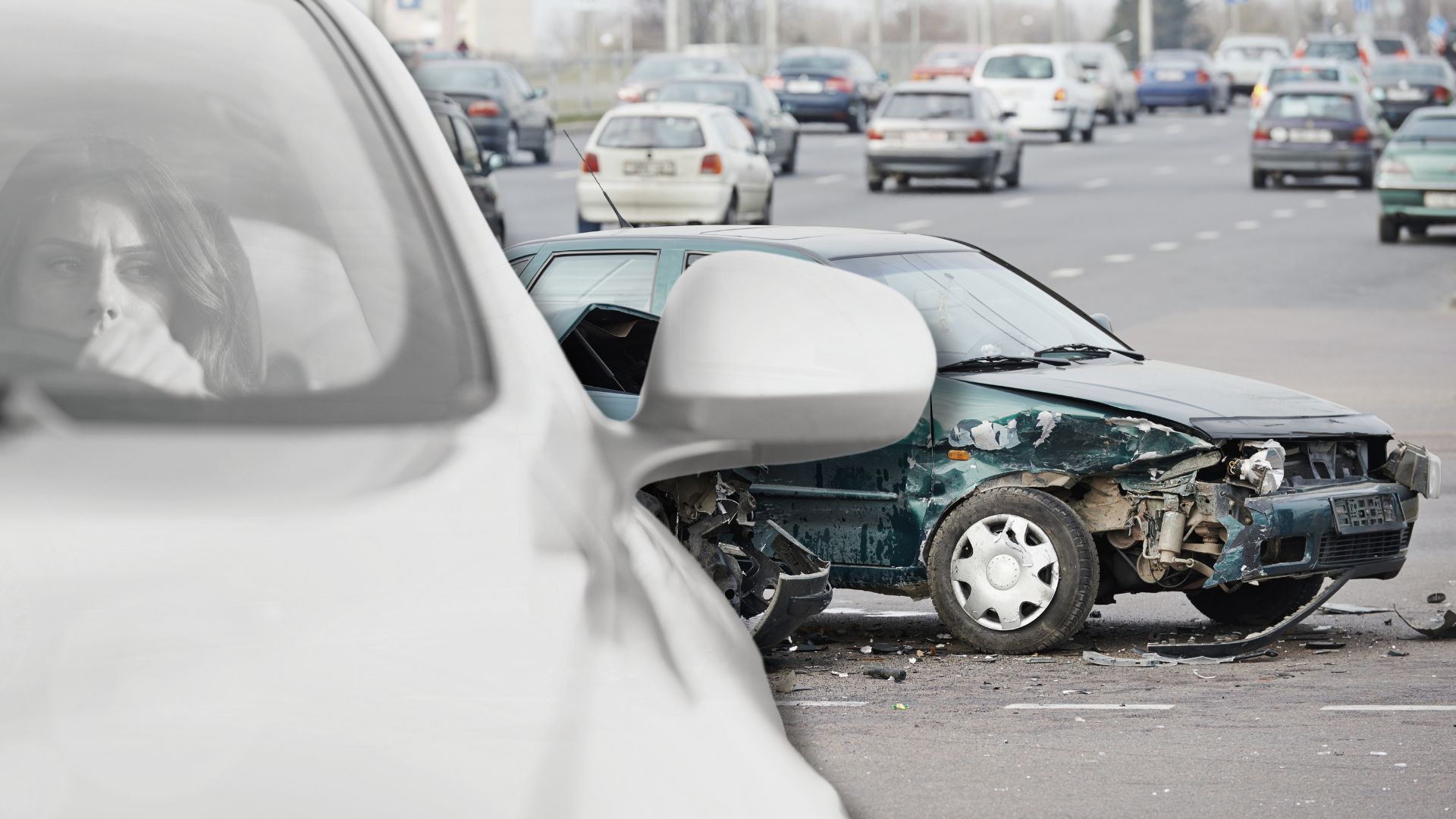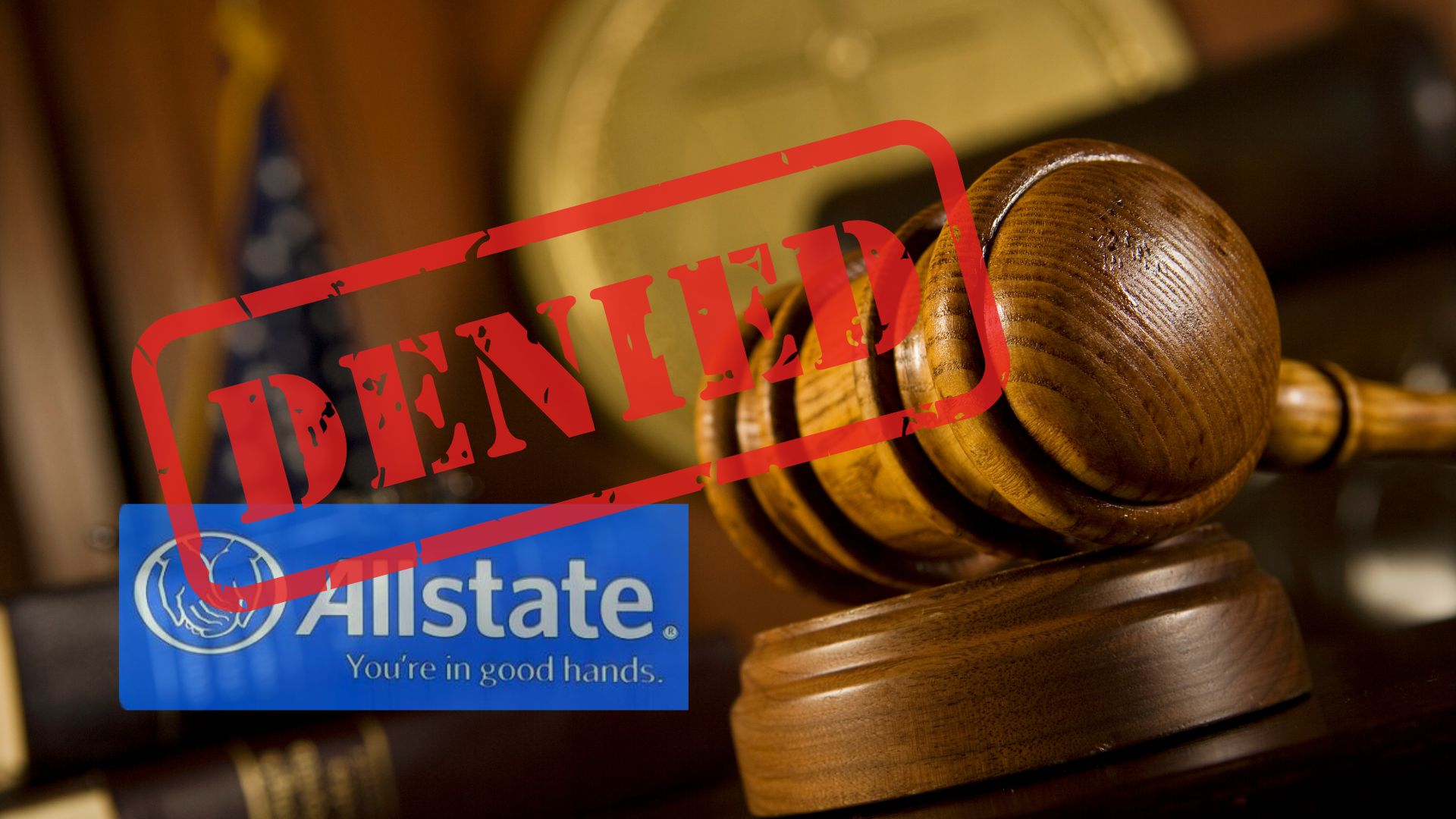Overview of the Landmark Case
The Florida Third District Court of Appeal recently made waves in the insurance and legal community by denying Allstate Insurance Company’s appeal in a collision case involving a so-called “phantom vehicle.” The term refers to a car that allegedly caused a crash but cannot be identified or located.
At the heart of this case was a claim made by Priority Medical Centers, LLC, on behalf of an injured motorist who alleged that a phantom vehicle was to blame for the collision. Allstate, denying the existence of the phantom vehicle, refused to pay personal injury protection (PIP) benefits. They challenged the claim, arguing insufficient evidence. Yet, the court upheld a previous judgment, stating that the witness testimonies and circumstantial evidence presented were enough to establish the phantom vehicle’s involvement.
The Court’s Reasoning
The appellate court’s decision was firm. It highlighted that the plaintiff doesn’t necessarily need to produce a photograph, license plate number, or firsthand witness identification of a phantom vehicle to validate its existence. Instead, evidence such as accident reconstructions, testimony from experts, and circumstantial details could legally suffice.
And here’s where it gets tricky for insurers like Allstate. The ruling effectively shifts some of the burden of proof back onto the defender, challenging the traditional stance insurers have relied on. While Allstate argued there was no definitive proof of the phantom vehicle, the court appeared to emphasize that outright dismissing claims based on this lack of evidence was no longer the slam-dunk defense insurers might hope for.
Implications for the Insurance Industry
This decision could ignite sweeping changes in how insurers handle disputed claims involving phantom vehicles. Insurers may now need to rethink investigative strategies and the thresholds they set before disputing such cases.
Consider this statistic reported by the National Insurance Crime Bureau (NICB): claims involving phantom vehicles already cost insurers millions of dollars annually. And while some are fraudulent, many have merit. This ambiguity has long motivated insurers to heavily scrutinize these cases to prevent widespread abuse. But the court’s ruling highlights that such scrutiny can’t rest on outright denial without adequately considering evidence, even if indirect.
For policyholders, the decision could mean better chances of recourse in situations where the “phantom” aspect of a crash muddies the waters. If you’ve been in an accident caused by an unidentified driver, this case could offer hope that your claim won’t be as easily dismissed. However, as with any legal dispute, the devil will still be in the details.
Counterarguments and Industry Concerns
Insurers understandably have their reservations about this ruling. Allstate, for instance, maintained throughout the appeal that substantiated proof should be mandatory for claims involving phantom vehicles. After all, the potential for fraudulent claims in such scenarios is significant.
“It’s not about denying legitimate claims,” argued one industry expert. “Instead, this is about preserving the integrity of the claims process and protecting policyholders from higher premiums caused by fraud.”
But critics of the insurance industry maintain that requiring claimants to provide impossible levels of evidence effectively locks them out of coverage they rightfully deserve. For drivers, especially in hit-and-run cases, expecting hard evidence when the perpetrator has sped away can feel like an unfair uphill battle. The court, many say, has attempted to restore balance to these complex disputes.
What Does This Mean for Florida Drivers?
And where does this leave the rest of us? For Florida drivers, this ruling could set a new tone for how PIP benefits are handled in contentious cases. Insurers might find themselves under more pressure to bolster their investigative efforts before rejecting claims. Meanwhile, drivers may feel more encouraged to pursue claims when traditional evidence is scarce.
But there’s also a practical takeaway here for anyone on the road. This ruling serves as a reminder that documenting accidents thoroughly—even when a phantom vehicle is involved—is still essential. Gathering witness testimonies, filing police reports, and taking note of the circumstances around your accident can all make or break your case.
Future Implications for the Industry
Looking ahead, this ruling may have a ripple effect beyond Florida. Other states with similar laws on PIP benefits and phantom vehicle cases might look to this decision as a guiding precedent. The insurance industry may also turn more heavily toward technology, such as dashcams or advanced telematics, to verify future claims.
That’s the intriguing part. While this case casts a spotlight on the inherent challenges of proving phantom vehicle claims, it also highlights innovative opportunities. Insurers could use emerging tech to better safeguard against fraud while simultaneously supporting honest claimants.
The Allstate case isn’t just a clash over one claim. It’s a nudge for the industry to adapt to a more nuanced, evidence-based standard where technology and investigative diligence meet the scale of justice. For now, the message is clear: both insurers and policyholders need to remain vigilant in navigating these complex disputes.


